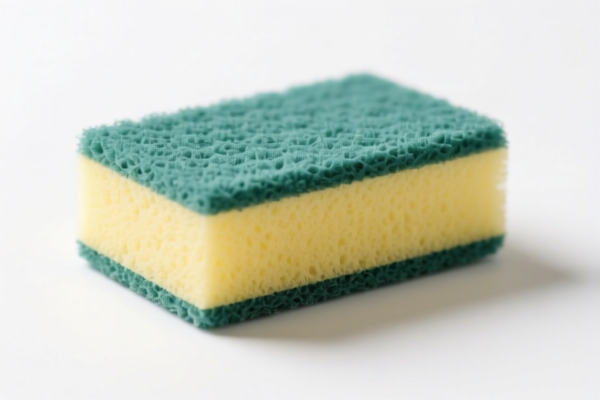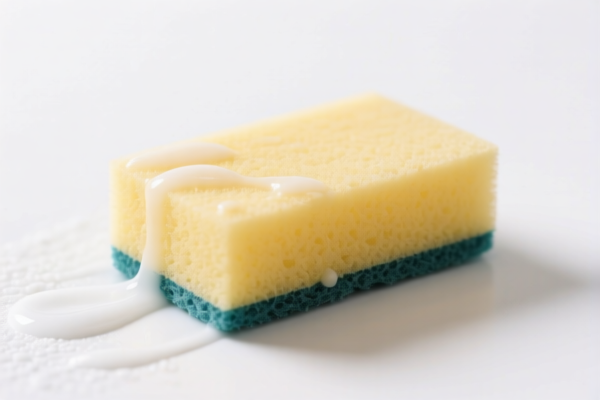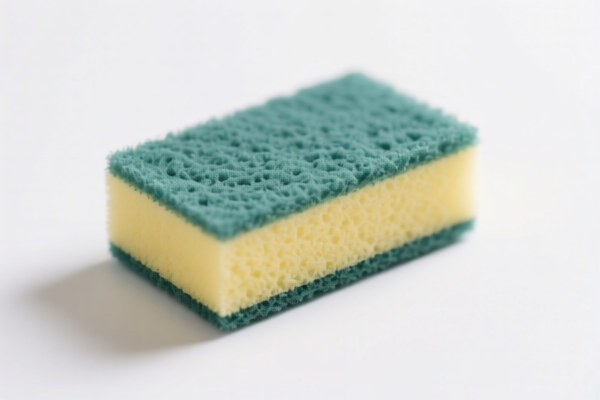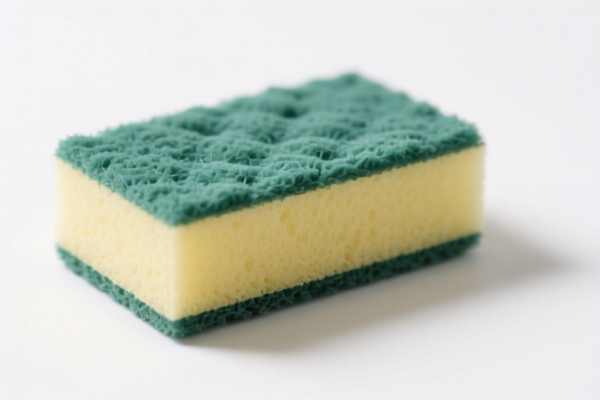| HS Code | Official Doc | Tariff Rate | Origin | Destination | Effective Date |
|---|---|---|---|---|---|
| 6815994170 | Doc | 55.0% | CN | US | 2025-05-12 |
| 6815994110 | Doc | 55.0% | CN | US | 2025-05-12 |
| 6801000000 | Doc | 57.8% | CN | US | 2025-05-12 |
| 3926901000 | Doc | 40.9% | CN | US | 2025-05-12 |
| 3924104000 | Doc | 33.4% | CN | US | 2025-05-12 |
| 3924905650 | Doc | 40.9% | CN | US | 2025-05-12 |




Cleaning Tackle
Cleaning tackle refers to a variety of tools and equipment used for maintaining cleanliness in various environments, ranging from domestic households to industrial facilities. The specific items included within this category depend heavily on the scale and nature of the cleaning task.
Materials
Cleaning tackle is constructed from a diverse range of materials, chosen for durability, hygiene, and effectiveness. Common materials include:
- Plastics: Polypropylene, PVC, and other plastics are widely used for buckets, spray bottles, and handles due to their lightweight nature, resistance to corrosion, and affordability.
- Metals: Stainless steel is preferred for tools requiring strength and resistance to rust, such as scrub brushes, some types of scrapers, and mop buckets. Aluminum is also used, though less common due to its lower strength.
- Wood: Traditionally used for handles of brooms, mops, and brushes, though increasingly replaced by plastic or metal due to hygiene and durability concerns.
- Microfiber: A synthetic material used in cloths and mops for its excellent cleaning and absorbent properties.
- Cotton: Used in cloths and mops, often blended with other materials for improved performance.
- Rubber: Used in squeegees, gloves, and some brush components for its flexibility and water resistance.
Purpose
The primary purpose of cleaning tackle is to remove dirt, dust, debris, stains, and germs from surfaces. This is achieved through a combination of mechanical action (scrubbing, wiping, sweeping) and the use of cleaning solutions.
Function
Cleaning tackle functions by:
- Loosening Dirt: Brushes, scrubbers, and scrapers physically dislodge dirt and debris from surfaces.
- Lifting Dirt: Mops, cloths, and sponges absorb and lift dirt and liquids.
- Applying Cleaning Solutions: Spray bottles, buckets, and dosing systems distribute cleaning agents to surfaces.
- Removing Liquids: Squeegees and cloths remove excess water and cleaning solutions.
- Dust Collection: Brooms and dusters collect and remove loose dust and particles.
Usage Scenarios
Cleaning tackle is employed in a wide range of settings:
- Residential: Homes, apartments, and other living spaces.
- Commercial: Offices, retail stores, restaurants, hotels, and schools.
- Industrial: Factories, warehouses, and manufacturing facilities.
- Healthcare: Hospitals, clinics, and laboratories, requiring stringent hygiene standards.
- Outdoor: Cleaning patios, decks, driveways, and vehicles.
Common Types
- Brooms: Used for sweeping floors, patios, and other hard surfaces. Bristle materials vary depending on the surface type.
- Mops: Used for wet cleaning floors. Types include string mops, sponge mops, flat mops, and microfiber mops.
- Brushes: Available in a variety of shapes and sizes for scrubbing surfaces, cleaning grout, and removing stains.
- Buckets: Used for holding water and cleaning solutions.
- Cloths & Sponges: Used for wiping surfaces, applying cleaning solutions, and absorbing spills.
- Spray Bottles: Used for dispensing cleaning solutions.
- Vacuums: Used for removing dust, dirt, and debris from floors, carpets, and upholstery. (Can be considered part of cleaning tackle in broader contexts)
- Dusters: Used for removing dust from surfaces.
- Squeegees: Used for removing liquids from windows, floors, and other surfaces.
- Scrapers: Used for removing stubborn dirt, paint, or other materials from surfaces.
- Toilet Brushes: Specifically designed for cleaning toilets.
- Grout Brushes: Small brushes designed for cleaning grout lines.
The declared goods, “cleaning tackle,” encompass a range of items used for maintaining cleanliness. These can include brushes, mops, buckets, and other related tools employed in household, commercial, or industrial settings.
Based on the provided reference material, the following HS codes may be relevant:
- 3926901000: Other articles of plastics and articles of other materials of headings 3901 to 3914: Other: Buckets and pails. This code applies to buckets and pails made of plastic or other materials specified in headings 3901 to 3914.
- 3924104000: Tableware, kitchenware, other household articles and hygienic or toilet articles, of plastics: Tableware and kitchenware: Other. This code could apply to certain plastic cleaning tools categorized as household articles.
- 3924905650: Tableware, kitchenware, other household articles and hygienic or toilet articles, of plastics: Other: Other. This code covers other plastic household articles, potentially including cleaning tools not specifically classified elsewhere.
Regarding HS code 3926901000, please note that the total tax rate is 40.9%, comprised of a 3.4% basic tariff and a 7.5% additional tariff. The additional tariff increases to 30.0% after April 2, 2025.
Regarding HS codes 3924104000 and 3924905650, the total tax rate is 33.4% and 40.9% respectively. The additional tariff for HS code 3924905650 increases to 30.0% after April 2, 2025.
Customer Reviews
No reviews yet.